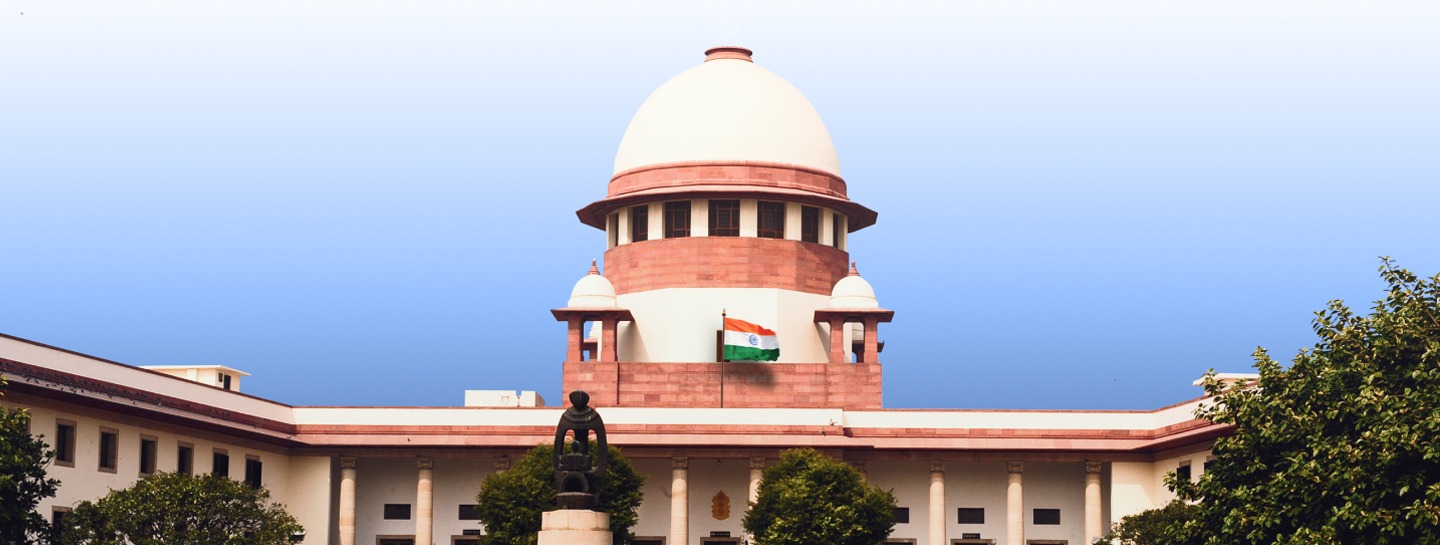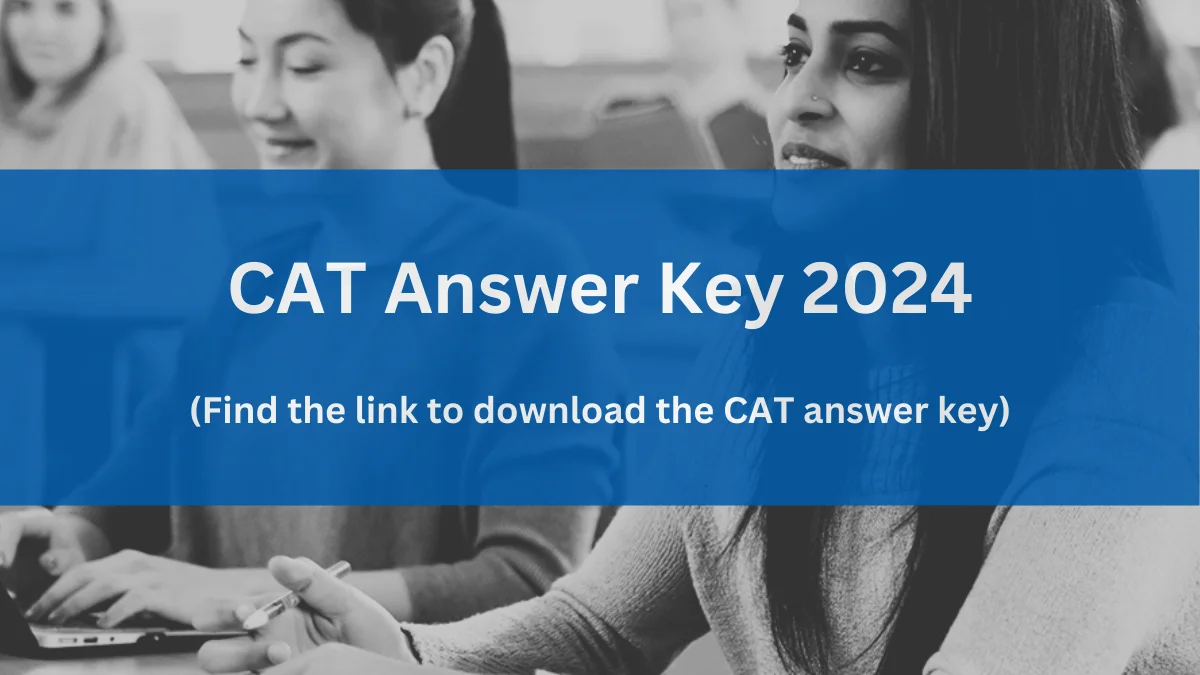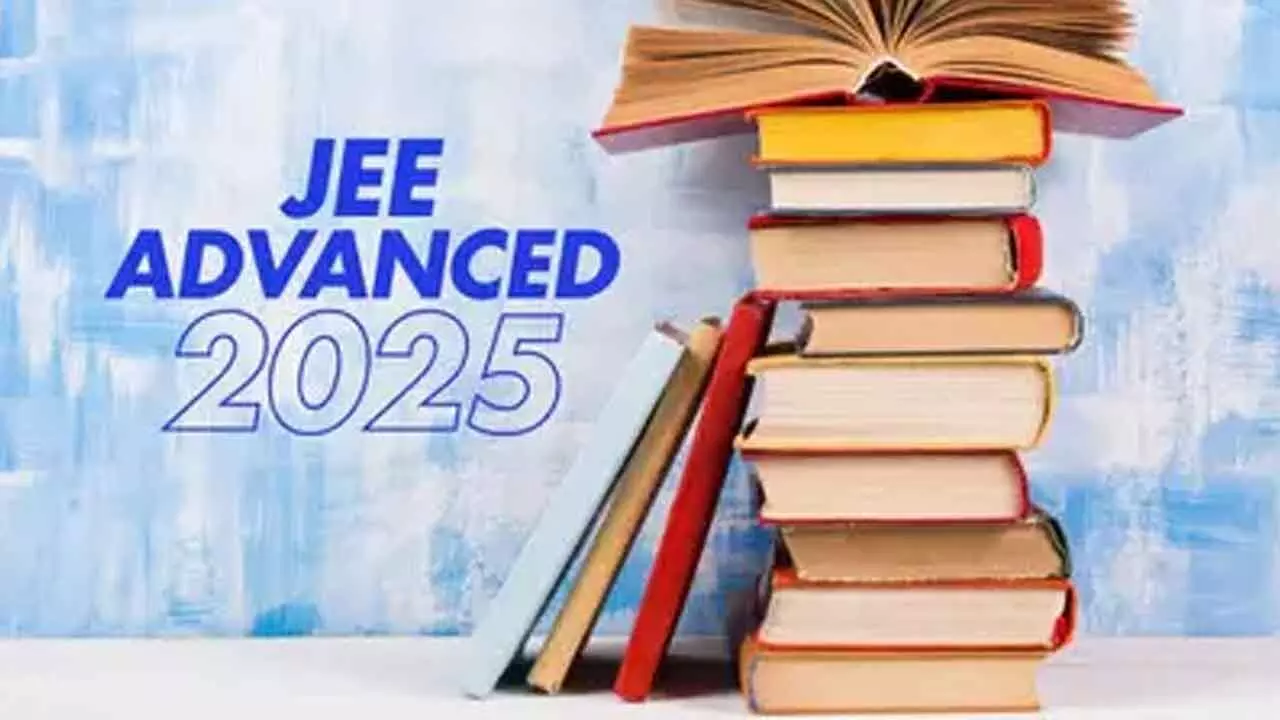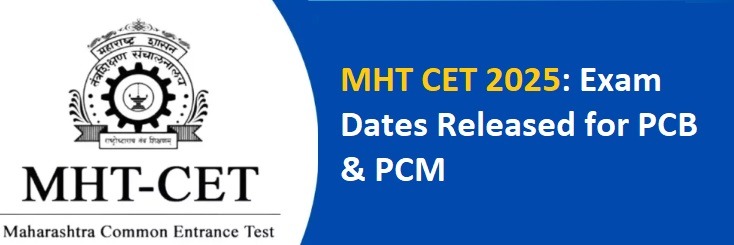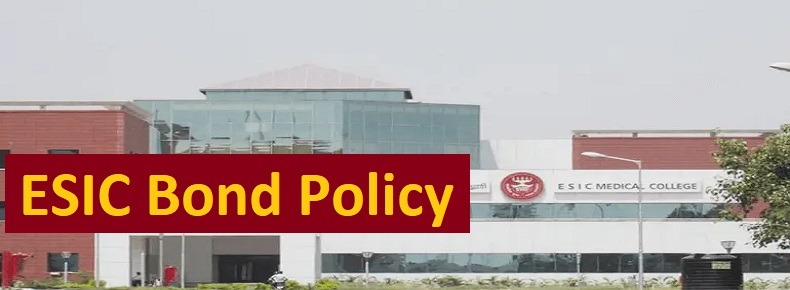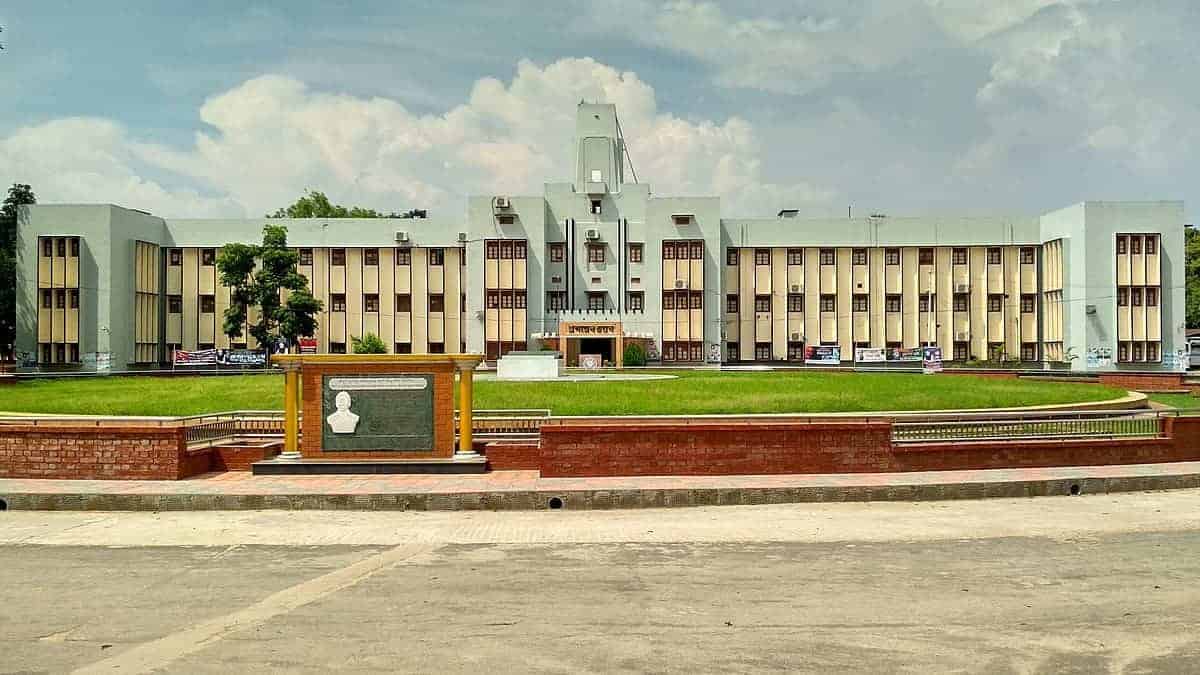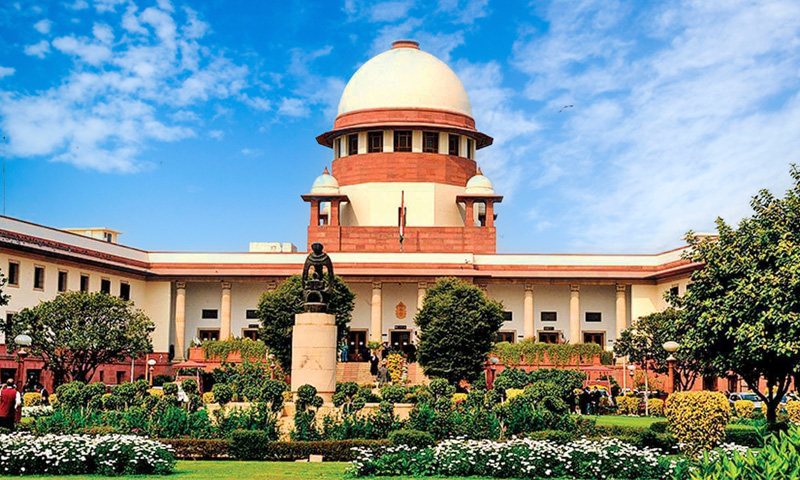Jindal Global Law School to Switch from LSAT to LNAT-UK for 5-Year Integrated Law Programmes from Academic Year 2025-26
LNAT-UK: In a landmark move, Jindal Global Law School (JGLS) has announced that it will replace the LSAT (Law School Admission Test) with the LNAT-UK (Law National Aptitude Test) for admissions to its 5-year integrated undergraduate law programmes, starting from the academic year 2025-26. This strategic shift underscores the institution’s commitment to aligning with global best practices in legal education, as well as ensuring that its students possess the analytical and critical thinking abilities essential for a successful legal career.
The LNAT-UK, a standardized test widely used by leading law schools in the United Kingdom, is designed to assess a candidate’s aptitude for legal reasoning rather than their knowledge of specific legal topics. JGLS’s decision to adopt the LNAT-UK for its admissions process is expected to enhance the quality of incoming students and better prepare them for the challenges of law school.
What Does the LNAT-UK Test Entail?
The LNAT-UK consists of two sections:
- Multiple-Choice Questions – This section evaluates critical thinking, comprehension, and reasoning abilities. It assesses the candidate’s capacity to analyze complex texts, extract relevant information, and make reasoned judgments, all of which are essential skills for success in the legal field.
- Essay Component – This section tests the candidate’s ability to present a coherent and well-reasoned argument on a given topic, further gauging their capacity for legal analysis and written communication.
The LNAT-UK is designed to test innate skills that are crucial for legal study, including logical thinking, argumentation, and the ability to synthesize information from diverse sources. It does not require prior knowledge of legal subjects, making it an apt choice for assessing future law students across various disciplines.
Admission Process for Academic Year 2024-25
While LNAT-UK will become the mandatory admission test for the 2025-26 academic year, prospective students for the 2024-25 academic year will also be required to take the LNAT-UK, though it will be used as a preferred test for all programmes offered by the school.
JGLS offers a range of undergraduate law programmes, including:
- B.Com LLB
- BBA LLB
- BA LLB
From 1 September 2024, candidates applying for these programmes will need to register and take the LNAT-UK as part of their admission process. Detailed information on registration, eligibility criteria, and the test format can be found on the official LNAT-UK website.
Two Admission Cycles and Flexibility for Applicants
JGLS will conduct admissions in two phases to accommodate a wide range of applicants and offer flexibility in the application process.
- Phase 1 (Early Admission Process):
- Registration and Test Window: 1st September to 31st December 2024
- Admission Offers Issued: January 2025
- Phase 2 (Final Admission Process):
- Registration and Test Window: 1st January to 31st May 2025
- Admission Offers Issued: June 2025
This two-phase system provides students with the opportunity to take the LNAT-UK twice and be considered for admission based on their highest score. This flexibility is particularly beneficial for those who may want to improve their scores after their first attempt.
Book Your Counselling Session with Ashok Sir Now
Global Test Centres and Convenience for Students
The LNAT-UK is an online, computer-based test that will be available at 500+ test centres globally, including major cities across India. This wide range of test centres gives students the flexibility to schedule their exam at their convenience, making it easier for candidates from all over the world to participate in the admissions process.
With the ability to select the test centre of their choice, students will benefit from a more accessible and user-friendly test-taking experience.
JGLS is also offering a variety of scholarships to students who take the LNAT-UK. Scholarships will be awarded based on both merit and annual parental income. These scholarships range from 10% to 75% of tuition fees, helping to make legal education more accessible to deserving candidates.
Why the Shift to LNAT-UK?
This transition to the LNAT-UK is a part of JGLS’s ongoing efforts to improve the quality of legal education and better prepare students for the demands of modern law practice. By adopting an internationally recognized and standardized test, the law school is aligning itself with the best global practices for evaluating candidates’ intellectual and analytical capabilities. The LNAT-UK is recognized for its focus on critical thinking and legal reasoning, rather than testing on legal knowledge, which makes it a more appropriate fit for an institution committed to shaping well-rounded, intellectually agile legal professionals.
By adopting the LNAT-UK, JGLS is enhancing its academic rigour and ensuring that students admitted to its programmes are equipped with the fundamental skills necessary for success in legal education and beyond.























